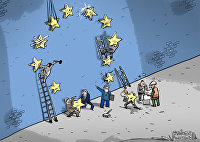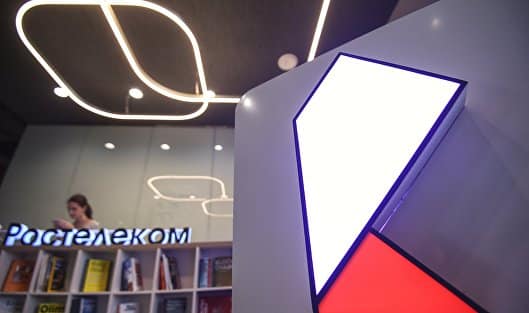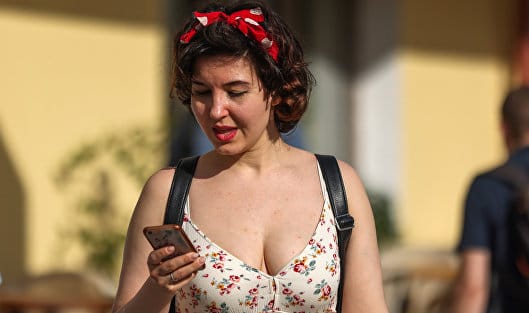MOSCOW, August 30 — PRIME, Oleg Krivoshapov. The price of natural gas in Europe, having overcome the mark of $3,500 per thousand cubic meters at the end of last week, fell noticeably on Monday. Is it possible to speak in this situation about a change in trend and a decrease in the former value of energy supplies from Russia, Prime understood.
Unhappy together: the dollar and the euro have moved closer, but this is not good
MARKET ON NERVES
Gas futures prices in Europe after jumping on Friday – for the first time since March – above $3,500 per thousand cubic meters at auction on Monday lost more than 20%, fell below $2,800, according to data from the London ICE exchange.
A powerful rise in the cost of energy in Europe last week was preceded by the emergence of uncertainty about the supply of “Gazprom”. The Russian exporter of pipeline gas said on August 19 that it would stop pumping through Nord Stream for three days, from August 31 to September 2, due to scheduled maintenance of the only working gas pumping unit at the Portovaya compressor station (CS). However, this gave rise to suspicions in Europe that Gazprom might not resume deliveries under one pretext or another after the expiration of the designated period.
The price of fuel according to the TTF index of August 26 did not become unprecedentedly high: in early March, it updated historical highs for four days in a row due to fears of a possible complete ban on imports of energy resources from Russia to the EU. The record, which corresponds to 3892 dollars per thousand cubic meters, was reached on March 7. However, it is easy to see that this happened at the beginning of the calendar spring, when the heating season was coming to an end in Europe and the reserves in underground gas storages (UGS) were minimal.
At the same time, during the trading day on August 29, the rate of futures price reduction accelerated, and at the moment the price was already falling below the level that corresponds to $2,800 per thousand cubic meters.
“The market is nervous because it is afraid that Nord Stream will not return to operation,” says Alexei Kokin, chief oil and gas analyst at Otkritie Investments. “Such a nervous market is sensitive to verbal interventions.”
However, high prices relate to small volumes, the expert clarifies. According to him, the discount of the cost of LNG arriving in the north-west of Europe to the exchange quotations of gas is increasing.
“Undoubtedly, the EU and the Asia-Pacific region will compete for LNG flows – this is already happening now and is a key driver of price growth,” Kokin notes.
WHAT’S NEXT?
Kirill Rodionov, an expert at the Institute for the Development of Technologies in the Fuel and Energy Complex (IrtTEK), agrees that pipeline gas supplies from Russia to the EU are indeed declining. “If in May 2022 their average daily volume was 266 million cubic meters per day, then in June it decreased to 169 million cubic meters per day, and in July and in the first 12 days of August – to 125 and 118 million cubic meters per day, respectively,” looks like a specialist. He points out that, taking into account the August reduction in LNG supplies due to repairs at the Adriatic LNG regasification terminal, total gas supplies to the EU (including pipeline imports from the UK, Norway, Azerbaijan and North Africa) decreased from 995 million cubic meters per day in May to 868 million cubic meters per day in June, 853 million cubic meters per day in July and 825 million cubic meters per day in August. As a result, the rate of gas injection into UGS facilities in the EU in the first 12 days of August (408 million cubic meters per day) was 13% lower than in May (467 million cubic meters per day).
“This brings additional nervousness to the market, even despite the advance of last year’s schedule for pumping gas into storage facilities,” Rodionov believes. He points to data from the Gas Infrastructure Europe (GIE) service, according to which on August 27, 2021, UGS facilities in the EU were filled by 66.1%, and exactly a year later – by 79.4%.

“They push on with their hands and feet.” Why Poland took up arms against the euro
However, European politicians are beginning to realize the consequences of the energy crisis, says Jan Melnichuk, a personal broker at BCS World of Investments.
“Therefore, there are more and more talks and rumors about a return to contracts for the supply of gas,” he points out. “The frequency of such cases will only increase, the closer the heating season.” However, it is too early to say how firm the intentions of European consumers will be, the expert believes.
Replenishment of stocks in Europe at the moment is happening at a normal pace, Melnychuk notes. Thus, as of August 27 UGS facilities in Europe were filled to 80%, a standard level for this time of year, despite a sharp reduction in Russian supplies. “Due to the strong dynamics of LNG imports at exorbitant prices,” the specialist clarifies. The German authorities said that the country’s storage facilities are replenishing faster than planned, and will be 85% full in September.
This affected the cost of gas, which began to decline sharply, Melnichuk believes, noting that current prices are also extremely high. “In our opinion,” shares a representative of BCS Mir Investments, “Europe will try to keep UGS stocks at a high level in winter as well, in order to avoid shock declines in production.” At the same time, the EU will resort to the regulation of the use of electricity agreed in the countries of the association, the expert specifies.
Nevertheless, natural gas prices on the spot market during the upcoming heating season will be determined primarily by the average air temperature in Europe, Asia and the United States, Sergei Pravosudov, Director General of the National Energy Institute, points out. Demand will depend on this fundamental factor. The second factor is the volume of supply, the expert clarifies. At the same time, he is convinced that a large-scale increase in energy supplies to Europe is possible only from Russia and only if the Nord Stream 2 pipeline is put into operation.















